The Transplant Games of America Gave Me Hope for My Future
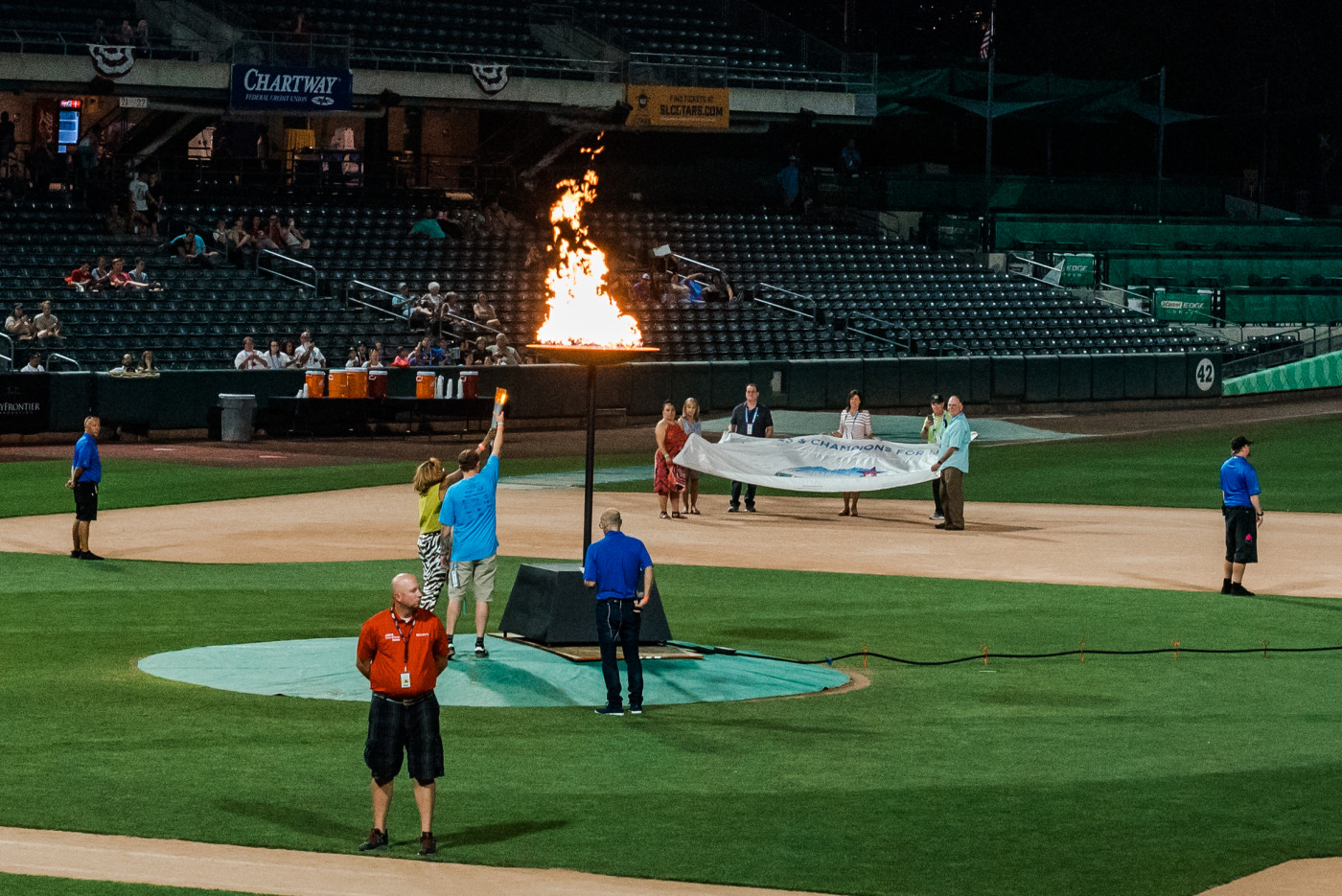
TGA Opening Ceremonies. (Photo by Kathleen Sheffer)
Attending the Transplant Games of America in Salt Lake City earlier this month was the best gift I’ve ever given myself. As discussed in previous posts, I have met many other recipients in hospital waiting rooms and support groups. It was a unique chance to be surrounded by recipients outside a medical setting. Recipients who are thriving — not wearing masks or getting their blood drawn. At the games, unlike in the clinic, it was hard to discern who was a recipient and who was a supporter or donor family. That was a very good problem to have.
My purpose for attending the games was to meet people. I didn’t expect to win any medals. To my surprise, I was fastest in my age group in both the 5K and 20K cycling races. I got a third gold medal playing badminton. My childhood dreams of athletically competing were fulfilled. Nearly all the other athletes felt the same way I did: grateful to be competing in sports we could never enjoy before our transplants.
I was grateful to be able to visit a city above 4,000 feet of elevation (my limit when I had pulmonary hypertension). I was grateful to stand in line and then file onto the field for the opening ceremonies without fatigue or foot pain, a side effect I experienced on intravenous medications. No one asked if I was feeling OK or if I needed to sit down. I felt normal. All that ranks higher in my mind than any amount of gold medals.
The highlight for me was meeting other heart-lung transplant recipients. The procedure is very rare. In the year I had my transplant, only 17 other heart-lung transplants were performed in the United States. Since 1988, there have been 1,245 heart-lung transplants in the country. Compare that with 437,331 kidney transplants or 70,905 heart transplants. For the record (and my editors), these data come from the United Network of Organ Sharing (UNOS). OK, you get it. Not a lot of us.
So, when a woman sat down across from me on the bus holding a sign that said “30 YEARS HEART & DOUBLE LUNG,” I was awestruck. That’s right; she had her transplant the year that UNOS began recording data! Allison had idiopathic pulmonary arterial hypertension and now, 30 years after a heart-lung transplant, she’s competing in sports at the Transplant Games, including tennis and badminton (we warmed up on the court together)!
Over the next few days, I met a couple other heart-lung recipients, and each of them knew of a couple others. Determined to get a group photo, I bounced around volleyball courts collecting the members of this “elite club.” We were delayed a bit when Allison and Georgene recognized each other. They tearfully reunited, having lost touch 15 years ago. That was a special event in and of itself. Eventually, we all lined up and got the photo that gives me hope for a future (I plan to frame it and hang it on my wall).
I am in the middle, the youngest of the group, having received my transplant just over two years ago. The next “youngest” (shortest time since transplant) recipients were Cherie at 14 years post-transplant and Chas at 15 years. The four other women were all more than 20 years post! All of us had a form of pulmonary hypertension. Not all of us were sure of which camera to look at.
Between the seven of us, we have lived 127 extra years thanks to our donors. Just incredible!
These recipients are some of my mentors. Who do you look up to? Have other patients helped you understand your condition? Share about mentorship in our forums.
I left Salt Lake City with a better understanding of my abilities. Pushing myself to race my bike against heavy winds, I felt connected to my donor. My heart pounded, and my lungs propelled me forward. I felt strong. My body didn’t disappoint me as it has in the past — it wowed me.
I’m through obsessing over transplant survival statistics. Meeting other recipients helped me believe in the possibility of long-term health and stability.
***
Note: Pulmonary Hypertension News is strictly a news and information website about the disease. It does not provide medical advice, diagnosis, or treatment. This content is not intended to be a substitute for professional medical advice, diagnosis, or treatment. Always seek the advice of your physician or other qualified health provider with any questions you may have regarding a medical condition. Never disregard professional medical advice or delay in seeking it because of something you have read on this website. The opinions expressed in this column are not those of Pulmonary Hypertension News or its parent company, Bionews Services, and are intended to spark discussion about issues pertaining to pulmonary hypertension.




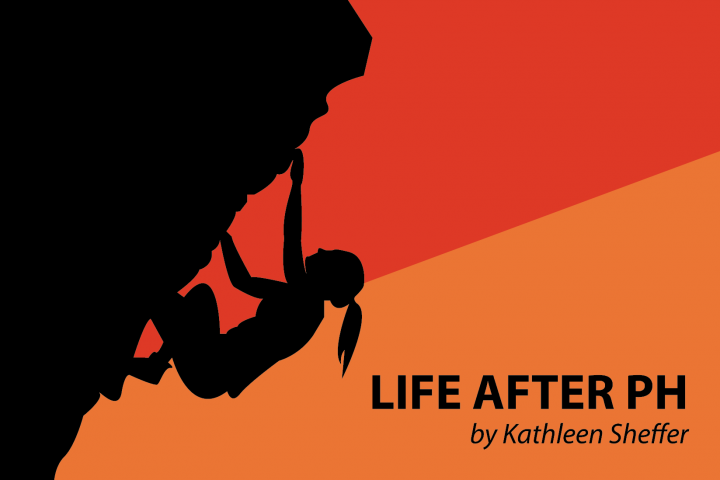
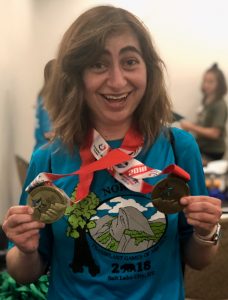
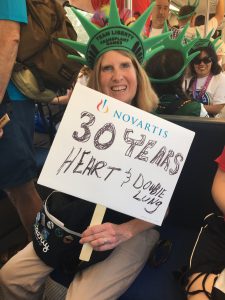
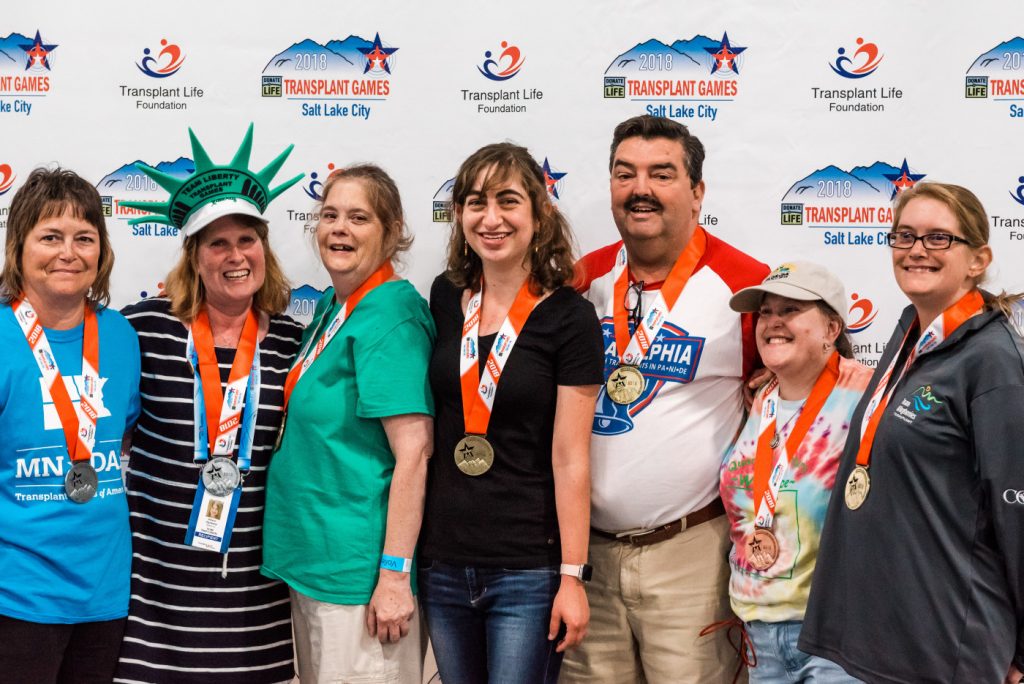




Leave a comment
Fill in the required fields to post. Your email address will not be published.